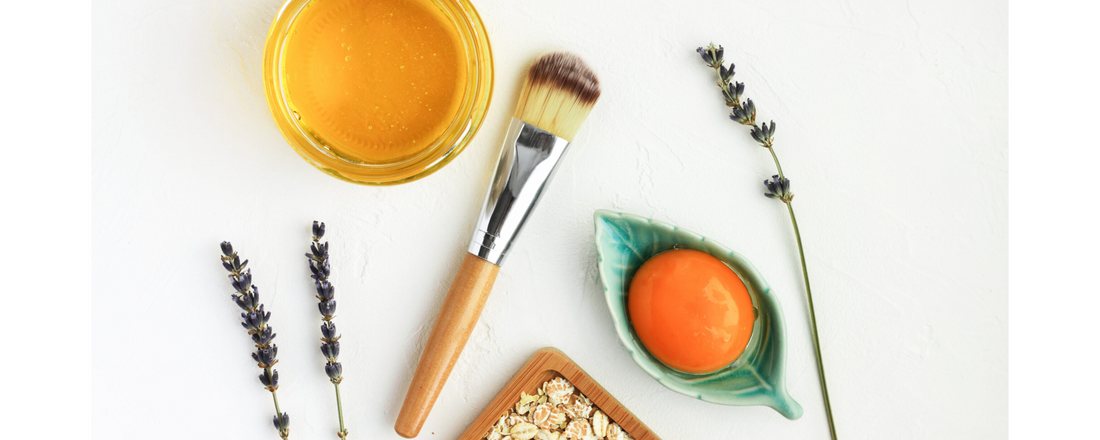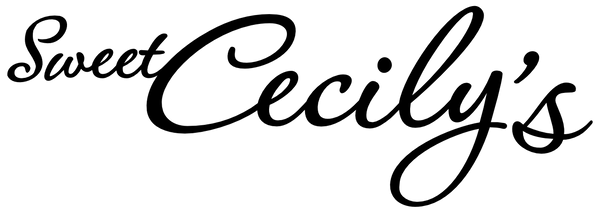
The Evolution of Makeup and Skincare
Share
Makeup and Skincare has changed dramatically over the many years that it has been used to improve skin health and beauty. However, in this current day we find ourselves using products that aren’t that different from what was used in ancient times.
3000 BC in Ancient Egypt
It seems to be that the first ever discovery of people using makeup and skincare was all the way back in 3000 BC in Ancient Egypt. It is believed that the Egyptians would have spent hours applying natural made beauty products to help their facial features stand out. Not only was skincare used for aesthetic purposes, but it was also used for protection of the skin too.
Being constantly exposed to a red-hot sun and the harsh desert terrain encouraged the Egyptians to start putting natural ingredients on their skin to provide them with a protective barrier. The natural ingredients were experimented with to give the Egyptians different forms of skincare and makeup. Dead Sea salt was used to exfoliate their skin whilst a concoction of lead, copper, soot, and animal fat was used to make eyeliner. They also mixed Olive oil and clay together to create a cleanser for their skin and poured milk on their face to hydrate it.
Greeks and Romans
The Greeks and Romans followed suit. Like the Ancient Egyptians, they used natural ingredients such as olive oil and milk to care for their skin. The main reasons for using these products were to keep the skin nourished and hydrated. It was discovered that they also used fresh berries and yogurt to make hair dyes.
The individuals who were of higher status and wealth would have slaves who would individually pluck hairs from all over their body to ensure that their master could have a smooth body.
Additionally, they would spend a day at the baths, whilst there they would receive treatments with perfumes and fragrant oils to soothe their skin after bathing.
1700's in the Shang Dynasty, China
In the 1700’s the idea of beauty and skincare then moved around the world to the Shang dynasty in China where being naturally pale was seen as beautiful. As the desire to become pale grew, people started experimenting with mushrooms, powdering them down to then use on their faces to help them look paler.
At the same time, in other parts of the world, heavy makeup was the latest craze. In fact, the heavier the makeup was, the higher your economic and social status was deemed to be. People would become so obsessed with showing their status that they often avoided washing their makeup off. Instead, they would just keep applying more!
As you can imagine, all this makeup would have caused some serious breakouts on their skin. Eventually, when they would attempt to wash the makeup off, it was very hard to remove. This led to the experimentation of using red wine, donkey's milk and even urine to try and take it off.
1800’s Elizabethan Era
Like those in the Shang Dynasty in China, the trend of lightening the skin became popular amongst European Women in the 1800’s Elizabethan era. People saw an increase in demand for many lead-based products to change the skin's appearance. Ingredients such as egg yolks, lemon juice and oatmeal were used to make the skin paler. And some would even go as far as using harsh cleaning chemicals to remove freckles.
During this time, skincare was seen as a privilege and therefore was important for the higher classed individual. Those who were in lower classes were less likely to use skincare as it was not a priority to help them survive.
The last century has been the most influential and ever-growing for the beauty industry with the ways we use and apply makeup and skincare changing every few years. Here is a breakdown of the focal points of each decade as the years went by.
The 1900’s
The 1900’s saw a boom in the skincare industry. Many businesses formed and started producing new products to target different skin issues. As the time progressed, skincare became more readily available for people of all backgrounds to buy and as a result, it no longer was seen as a way of proving your social or economic status. Below is a quick pitstop through the changes that were seen in the industry every decade.
1910-1919
At this time, women found inspiration for their makeup looks from Hollywood and unsurprisingly, makeup was only worn by musicians and movie stars. Maksymilian Faktorowicz (also known as Max Factor) made a breakthrough in the cosmetic industry when he invented the first metal tube of lipstick in his beauty laboratory. This era of makeup was all about having pale, powdered skin and colour stained lips.
1920’s
The 1920’s was all about red lipstick and a sharp top lip. Following the rise of movie stars using makeup, blush and face powder became very popular. People wanted to be able to copy the look of the famous and therefore started buying products to help them achieve this look.
1930’s
This decade was all about the eyebrows. Thin was the new thing! Women would heavily pluck their brows to make them as thin as possible. Some even went as far as shaving them all off and drawing a thin line on with a pencil.
1940’s
After the outbreak of World War 2, makeup along with other things was rationed and therefore, it was again deemed as a luxurious item. However, women were still expected to wear it. Like the 1920’s, Red lipstick was the staple of women's makeup. As well as this, eyebrows were no longer just thin, but they were also slightly curved.
1950’s
The aim of wearing makeup in the 1950’s was to look glamorous. More beauty products were created, and women would experiment with items such as eyeliner and foundation to give them a flawless look.
1960’s
In the 60’s the focus of applying makeup had shifted from the cheeks and the base coat to the eyes. Light colours were used to draw attention to the eyes. Women would often experiment with new techniques like “the cut crease” to make their eyes stand out.
1970’s
Not everything was about applying heavy makeup in the 70’s. In fact, many women chose to sport a more natural look. This was to take a stand against sexism and treating women like objects that could be used purely to admire and sexualise. Beauty brands took note of the change in women's attitudes towards using cosmetics products and started producing “invisible” and “barely there” makeup. Makeup at this time also started to become more inclusive for Black women with the first ever makeup line for black women being made and sold in shops across America.
1980’s
The brighter, the better! Makeup trends of this decade saw the introduction of bold and colourful looks. From excessive amounts of blusher on the cheeks to trailing out all the colours of the rainbow on your eyes.
1990’s
Following in the footsteps of pop stars at the time, having a shiny and glowy appearance was the in thing. Makeup products such as brown and red high shine lip glosses were the most popular accessory to have. It was also in fashion to apply glitter all over the body to create a look that could never go unnoticed.
2000’s - Now
Makeup and skincare have transformed dramatically over the last 20+ years, trends come and go every year as we continually learn to adapt our ways depending on what is in fashion at that time. Major trends over the last couple of years include face contouring, thorough skincare routines using tools from traditional medicine practices and recently the rebound of using blusher again.
Conclusion
The Makeup and Skincare industry is forever changing and continues to dynamically move through the times. We are often influenced by trends on social media, specifically on Tiktok and Instagram. These trends inspire us to try new routines and products that see us transform the way we care for our skin.
I feel that the future trends will have a lot to do with slowing down the effects of global warming. This may see an increase in people using less products or switching to more natural products that do not harm marine life and the environment.
If you would like to find out more about how we can help look after our planet, Check out our Blog "5 reasons why switching to Natural Skincare is good for your Skin & the Environment"


